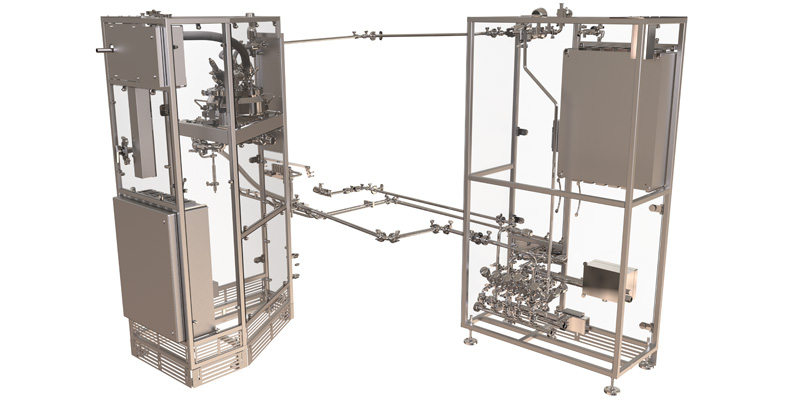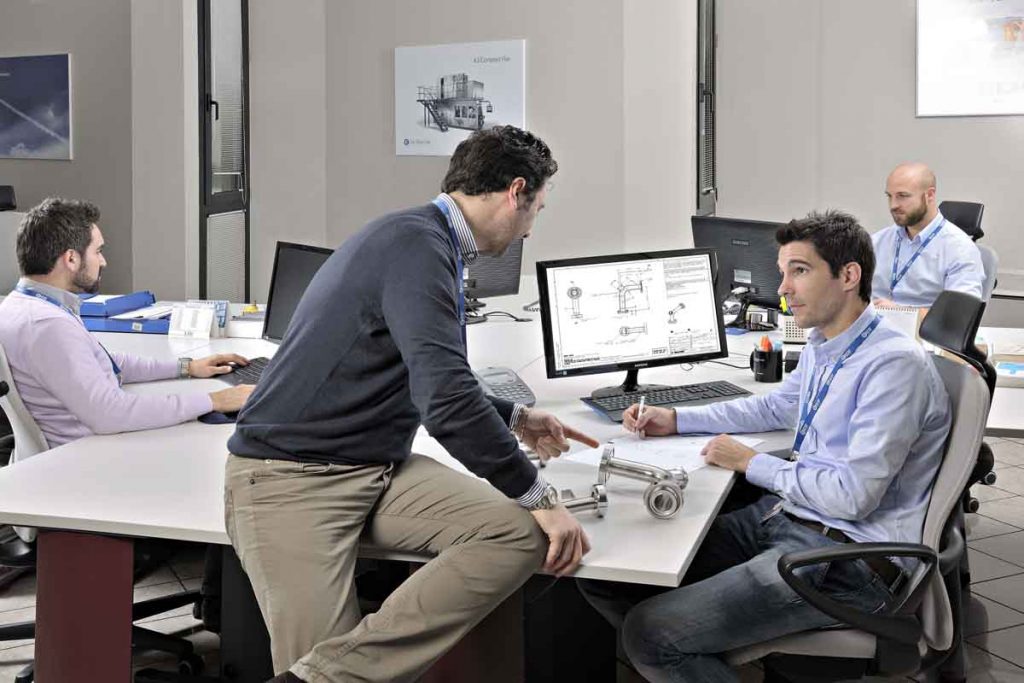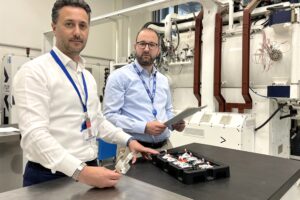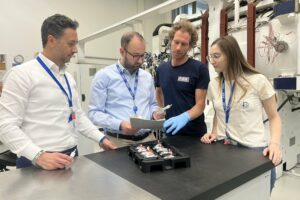The market demand for CIP/SIP systems in the Pharma sector and not only for it, is rapidly growing. What are the main difficulties concerning the manufacturing of these fundamental systems for washing and sterilizing? How can they be solved? What are the market trends?
To better understand this complex market, we talked to Fabio Pozzebon, Ecor International Advanced Mechanics Business Manager, who being in contact with the plant manufacturers every day is able to provide a particularly concrete point of view.

Fabio, the demand for CIP / SIP systems is strongly growing both for the Pharma sector and more generally in the world of automatic machines. What do you think are the main reasons?
I believe a key factor is represented by the growing attention of companies towards the safety of products that are processed by plants and operators involved in the production process. Nowadays, developing countries are also increasingly attentive to this aspect and cleaning and sterilization operations need to be increasingly automatic, integrated into the machines in order to optimize production processes and times. We are talking about machines that handle food or drugs, therefore the need to ensure that the process is safe in all its aspects is of fundamental importance for the safety of the consumer.
The manufacturers’ plants must embody CIP / SIP and for this reason it is a delicate activity that requires specific attention and skills. What are the main difficulties?
I can give you an example of a project we recently worked on for one of our customers. In this specific case, the CIP / SIP system was composed of two separate modules located on two different sides of the machine. The distance between the two CIP / SIPmodules was one of the challenges we faced because they had to be connected by specific pipes without interfering with the internal functions of the machine. Moreover, we had to ensure correct couplings with the customer’s machine: in other words, assure modules perfectly integrated with the entire system.
And how did you solve these problems?
What made the difference, in my opinion, was the co-design activity with our client: it is one of our peculiarities and I believe that without this attention we would not have achieved the result. Let me explain better: our approach is never to receive instructions and proceed one-way, but to have a dialogue with the customer, at every stage. So, we gather the needs, we make our proposals, we discuss them further and work on the project to improve it and so on. Thanks to these activities, we have conceived optimal layouts for the passage of all the elements inside the machine without hindering their main functions. Obviously, during this project we looked at simplification, reduction of dimensions and optimization of the production cycle. Furthermore, another aspect in my opinion was really fundamental.

Which?
We had doubts about the chain of tolerances obtainable: designing a CIP / SIP system perfectly integrated is not simple, because of the numerous variables. For this reason, in agreement with the customer, we decided to complete some product lines directly during the final assembly phase and I must say that this choice was winning.
Do you think this postponement of the design of some parts at the end of the project has slowed down the timings?
Not at all, just the opposite. It allowed us to save time because we have obtained the perfect coupling between CIP / SIP systems and machines and between the modules themselves. If we had made the interfaces in advance, they would have been almost certainly incorrect and therefore we would have had to do the work again and wasting precious time.

One last question: why can’t system manufacturers independently build these CIP / SIP modules?
Automatic machine manufacturers try to concentrate their resources on the development of the machine’s core parts, the most important ones related to the production of the product: for example, filling, machine sterility and performance such as speed or production flexibility. CIP / SIP systems provide a secondary process, albeit indispensable to ensure the safe operation of the system: product quality is at stake here. Therefore, they look for experienced partners to co-develop the plant and build it without involving too many resources. Indeed, the customer who commissioned the project I mentioned earlier appreciated the fact that we dealt with the entire production process – completely traceable – together with the quality of the finishes and the use of high-end components.










 @EcorIntern
@EcorIntern